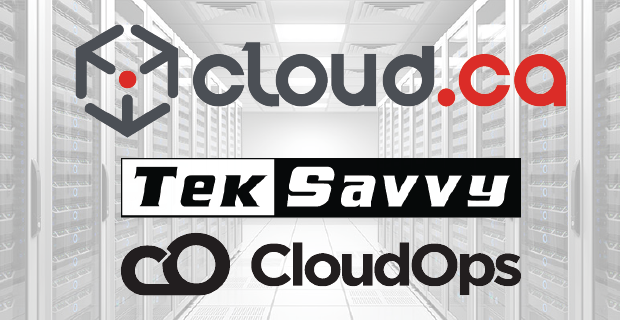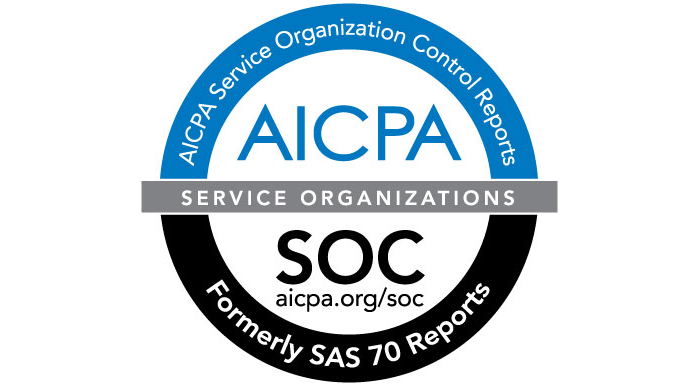The slippery slope of data sovereignty was brought into the limelight again recently with the news that certain Canadian government agencies were entertaining discussions to store secret Canadian data on US-based hyperscale clouds - forbidden by current Canadian Federal policy. These discussions centered around the use of encryption to ensure that this data remained secret - with the premise being that as long as Canada held the keys to the encryption, the data would be safe. Encryption has also been front and center in many discussions concerning readiness for the EU General Data Protection Regulation (GDPR), already approved, and due to be enforced beginning in May 2018.
TekSavvy and CloudOps Join Forces to Power cloud.ca -- Tackling Data Sovereignty Head-On
Canadian technology leaders combine cloud, network, and data centres, delivering a powerful and secure Infrastructure-as-a-Service (IaaS) offering to Canadian and global businesses.
Wolverine is one of the most awesome superheroes in the Marvel Universe. It’s not because of his fierceness, the fact that he’s Canadian, or the fact that he has indestructible metal claws coming out of his fists. It’s because no matter what happens to him, no matter what harm he endures, he has a healing factor that lets him come back and continue to fight, time and time again. Wolverine can push bullets out from his wounds to heal, or regenerate from an atomic blast if he has to. He is the ultimate example of resilience and a metaphor for what you want in a cloud application — a soldier who keeps fighting for your business without being stopped.
Canada’s Cloud IaaS SOC 2 Certified
cloud.ca, Canada’s cloud Infrastructure as a Service (IaaS), has earned its SOC 2 type 1 certification.
Three Reasons to Use a Regional Cloud IaaS
CloudOps has been helping companies leverage the power of cloud services for nearly as long as cloud services have been around. We were early adopters and evangelists of AWS and open source cloud technologies such as OpenStack, CloudStack and Docker. We understood the value of API-driven, self-service scalable infrastructure, and so did our customers. However, as the industry matured, we kept getting the same question: can I do this in Canada?
Cloud IaaS vs Host Virtualization
Previously, I blogged about differences between hosting and cloud on cloudops.com. To continue with the theme of contrasting Infrastructure as a Service (IaaS) cloud to things that are often confused with cloud, in this post I will compare IaaS cloud to virtualization. First off, SaaS can run on cloud, but is not cloud. I am strictly referring to an IaaS cloud.
Peerio Uses cloud.ca, Canada's cloud infrastructure as Part of Its Multi-cloud Strategy
Peerio integrates cloud storage with a messaging platform so users can safely keep their important files online and ready to send from anywhere. With end-to-end encryption, messages and files are encrypted before leaving the client’s computer and can only be read by senders and recipients.
The Three Stages of Cloud
The cloud is a powerful tool for business. Many company leaders are still debating whether or not to even use the cloud, without envisioning how the cloud can shape their long term strategy. This article aims to help resolve this debate by identifying the different stages of the cloud and the objectives that are attainable with each one.
New Architectures in a Cloudy World
Cloud computing is a victim of its own success. For one thing, cloud advocates have promised so much—worry-free, turnkey IT that just works— that the reality is bound to disappoint. Worse, clouds seem immune to tough economic times, so nearly every technology company is wrapping itself in a cloud mantle, and every dynamic website is claiming it’s a cloud. We don’t want to get bogged down in definitions, but any discussion of clouds requires a clear understanding of three things:
The Performance of Clouds
Cloud computing is a significant shift in the way companies build and run IT resources. It promises pay-‐as-‐you-‐go economics and elastic capacity. Every major change in IT forces IT professionals to “rebalance” their application strategy—just look at client-‐server computing, the web, or mobile devices. Today, cloud computing is prompting a similar reconsidering of IT strategy. But it’s still early days for clouds. Many enterprises are skeptical of on-‐ demand computing, because it forces them to relinquish control over the underlying networks and architectures on which their applications run. In late 2009, performance monitoring firm Webmetrics approached us to write a study on cloud performance. We decided to assess several cloud platforms, across several dimensions, using Webmetrics’ testing services to collect performance data. Over the course of several months, we created test agents for five leading cloud providers that would measure network, CPU, and I/O constraints. We also analyzed five companies’ sites running on each of the five clouds. As you might imagine, this resulted in a considerable amount of data, which we then processed and browsed for informative patterns that would help us understand the performance and capacity of these platforms. This report is the result of that effort. Testing across several platforms is by its very nature imprecise. Different clouds require different programming techniques, so no two test agents were alike. Some clouds use large-‐scale data storage that’s optimized for quick retrieval; others rely on traditional databases. As a result, the data in this report should serve only as a guideline for further testing: your mileage will vary greatly.













